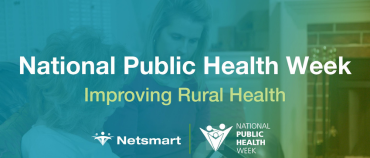Wednesday, July 11 |Legislative/Policy, Care Coordination, Human Services, Post-Acute Care
In June, the House of Representatives passedlegislationthat will impact the already complexMedicare Part Drequirements. Spurred in part by a Department of Health and Human Servicesreportthat showed one-third of Medicare Part D beneficiaries received an opioid prescription in 2016. For the approximately 13 million people enrolled in Part D, nearly 80 million opioid prescriptions were written. More than 501,000 people received “high” amounts of opioids and 69,563 received “extreme” amounts, some as a result of doctor shopping (a practice through which individuals obtain medically unnecessary prescriptions from multiple pharmacies and providers). These prescriptions cost the program more than $4 billion.
Here are 5 things you should know about thePreventing Addiction for Susceptible Seniors (PASS) Act of 2018, sponsored by Rep. Peter Roskam (R – IL), chairman of the House Ways and Means Health Subcommittee.
The overall goal of this legislation is to prevent the overuse of opioids through education and the use of technology to monitor usage to make it easier for prescribers to ensure that the consumers they are serving are properly adhering to their prescribed pain medications.


Expanding Access to Care for Better Public Health
Thursday, April 06 | Thought Leadership,Human Services,Netsmart in the Community
Barriers to mental health and substance use services continue to be challenging, as the demand for care continues to rise. In fact, 28% of those seeking mental health care and 22% seeking substance use care are unable to find a conveniently located provider, which can be particularly difficult in rural areas. Hear three strategies public health organizations can implement to improve outcomes, boost access to services and increase staff satisfaction.
More
Continuing the Conversation: Our Commitment to IDD
Tuesday, March 28 | Thought Leadership,Human Services,Netsmart in the Community
我们的主要发育障碍那边reness Month has been to focus on recognizing individual abilities and advocating for equal opportunities in education, employment and helping these individuals to live productive, independent lives. By helping providers embrace technology to support IDD staff, they can focus on delivering person-centered care to individuals when and where they need them to live a truly meaningful life.
More
Monday, March 20 | Thought Leadership,Human Services
SAMHSA's National Guidelines for Behavioral Health Crisis Care provide key principles for youth crisis services to adopt, including addressing recovery needs, using trauma-informed care, and integrating family and youth peer support services.
More